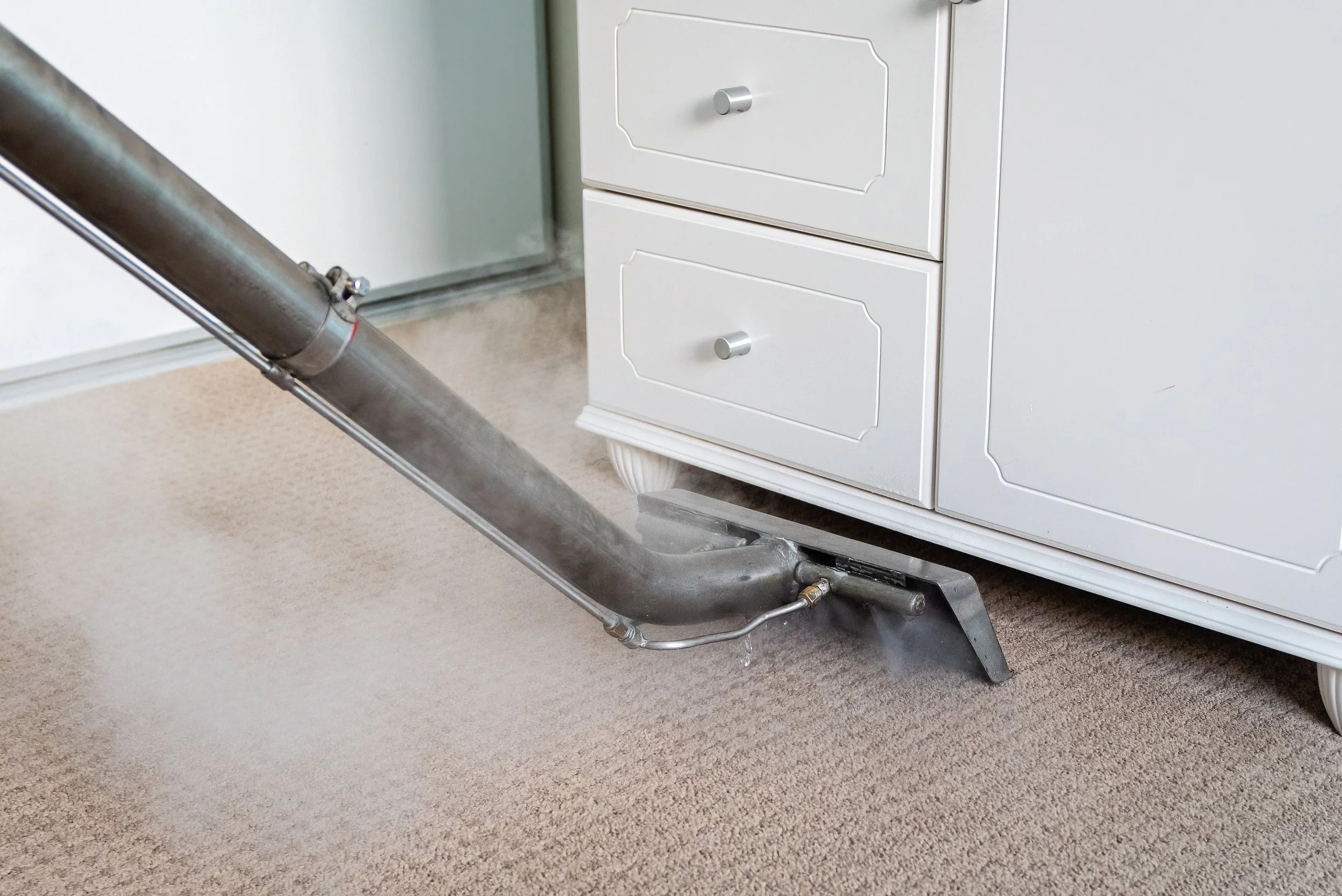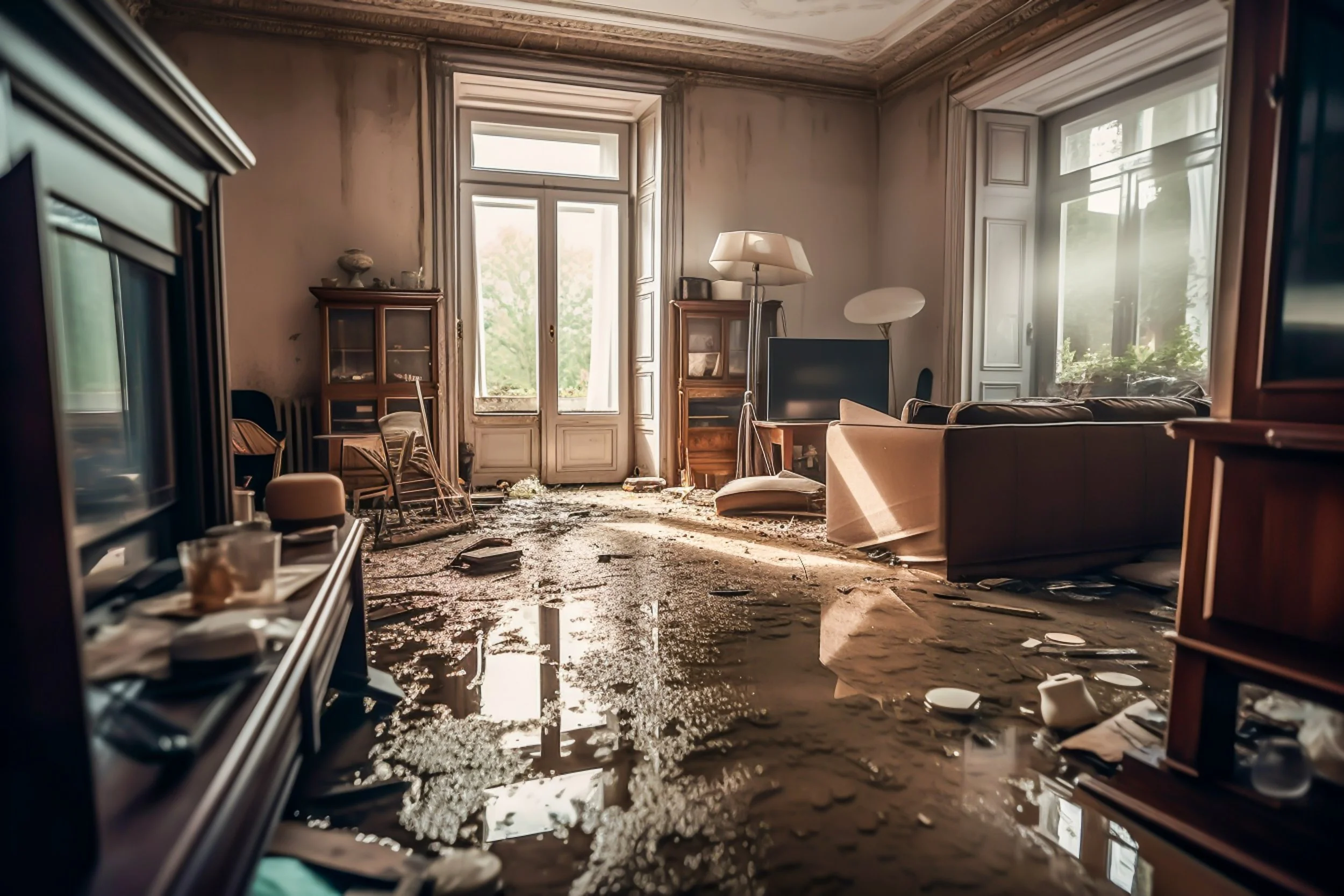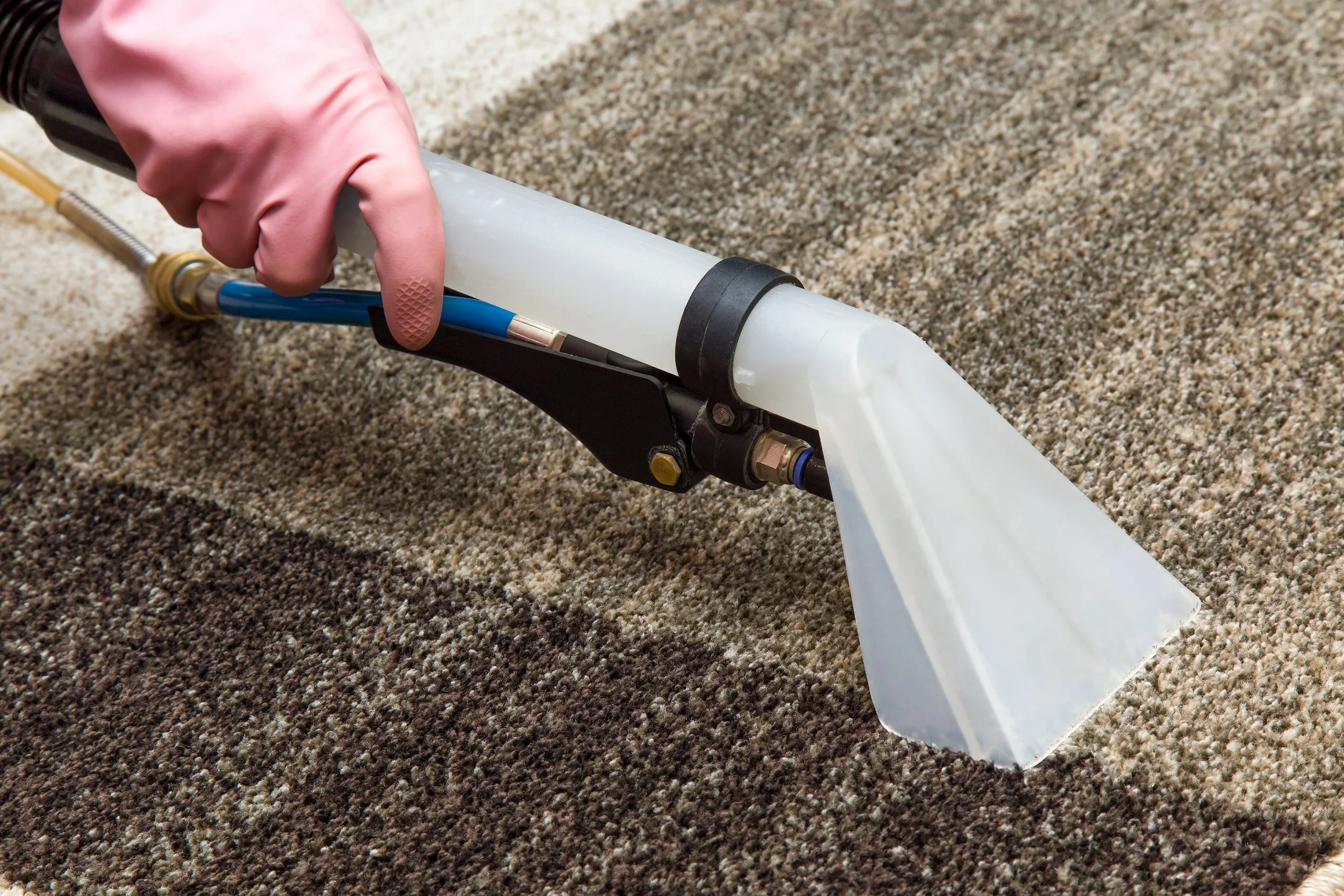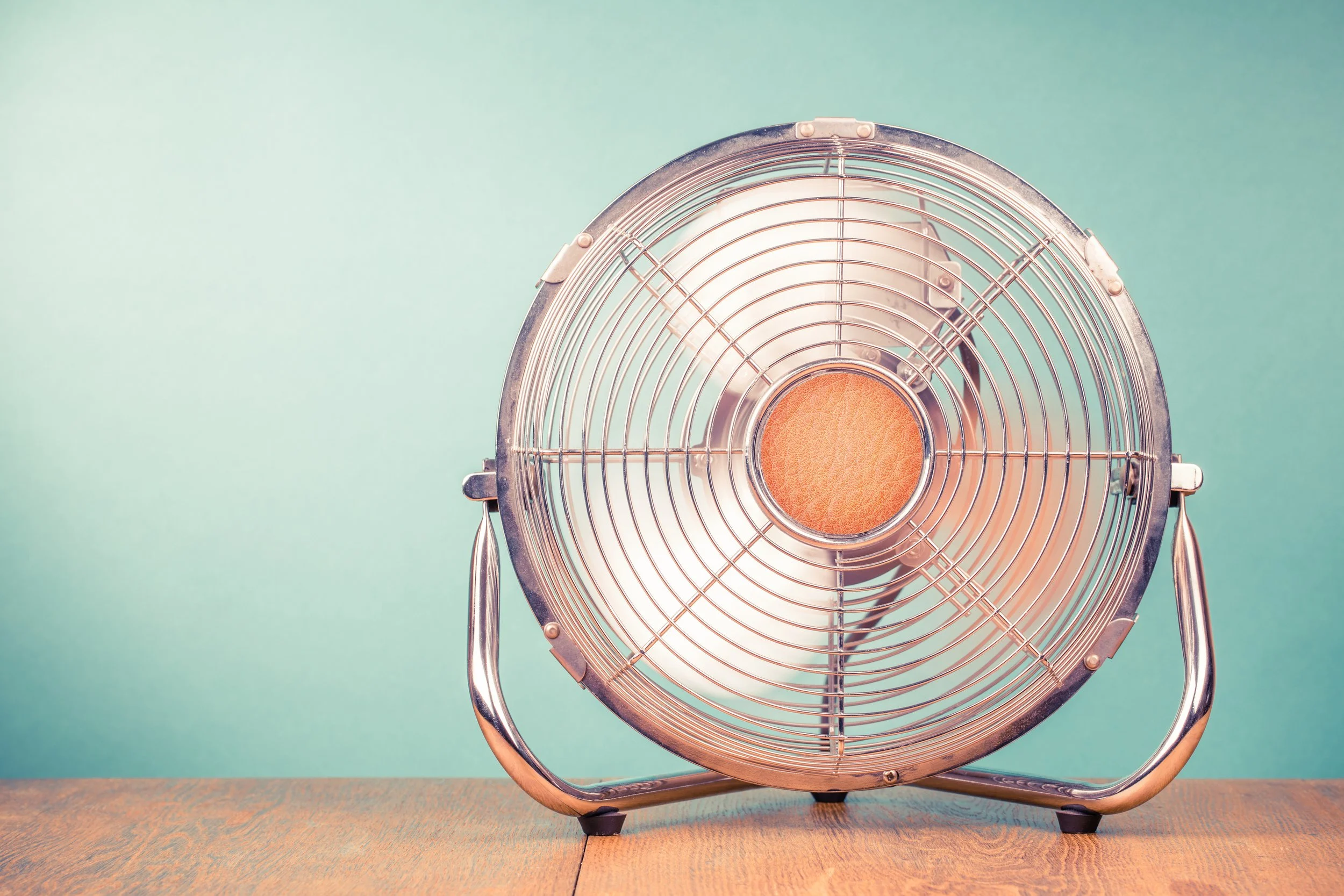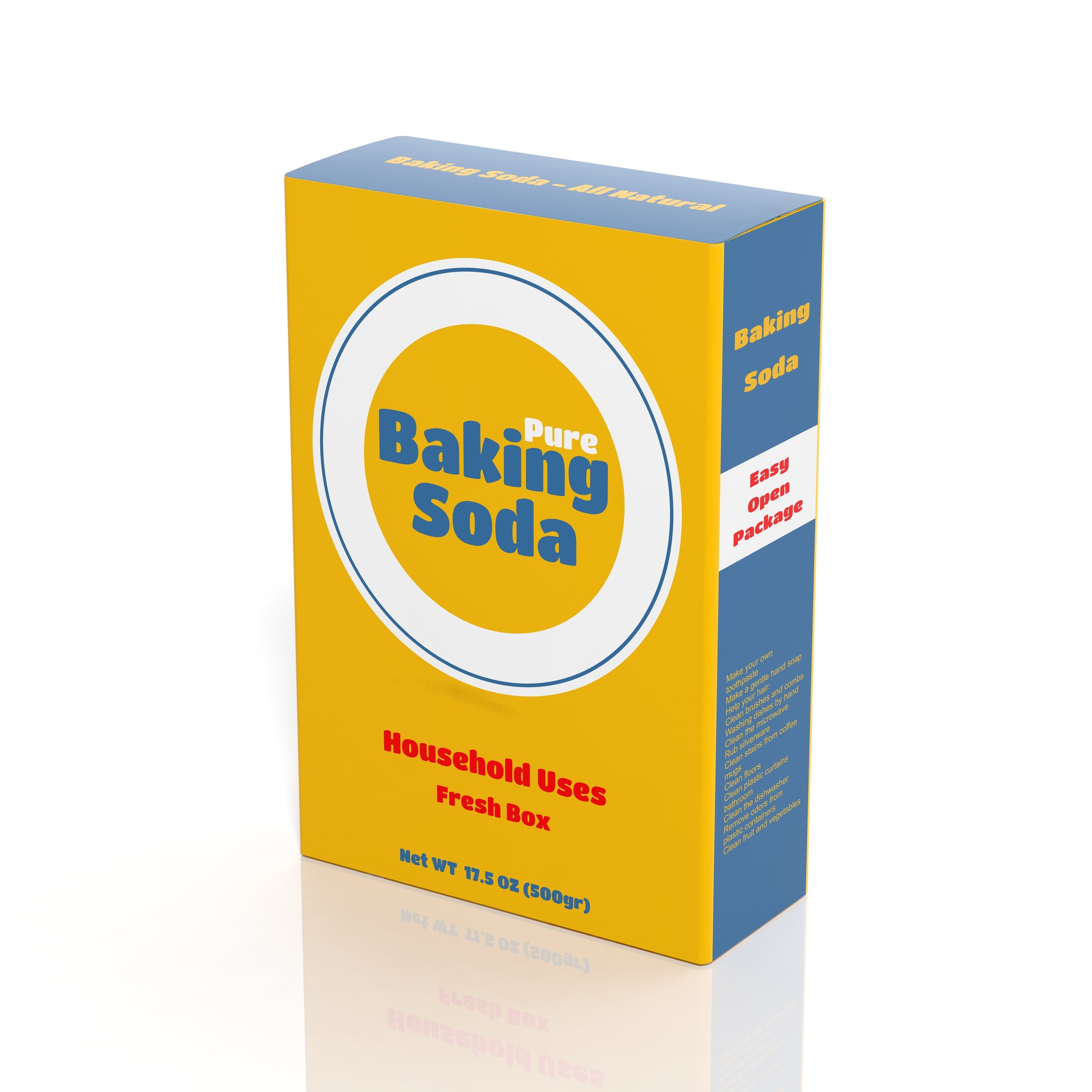How to Dry a Damp Carpet
A flooded carpet can be your worst nightmare. This can happen due to burst pipes, heavy rainfall or any other water related accident. The key to minimising damage and stopping mould growth is thorough carpet cleaning and drying. This article will explore some steps and tips to restore and dry your waterlogged carpet:
Step 1 - Act Quickly:
When your carpets begin to flood, time is of the essence. The longer you have standing water in a property, the higher the risk of damage and mould growth. First thing to do is to stop the flood at it's source if possible and move any furniture. If you can extract water with a wet/dry vacuum do so straight away.
Step 2 - Remove Excess Water:
Before you start the drying process, you must remove as much water as possible. If you do not have a wet/dry vacuum, you can use towels and mops to soak up the standing water. If there is a large amount of flood water, consider hiring a water extraction company e.g - Emergency Clean UK. The main goal is to get rid of excess moisture and allow for a good start on the carpet drying process.
Step 3 - Ventilate the Area:
Good ventilation is a must in preventing mould growth and speeding up the drying process. Open windows and doors to allow fresh air to move through your home/property. Use fans to increase air circulation, if you can put a dehumidifier in your property to reduce humidity levels. These measures will contribute to quicker drying times of your flooded carpet.
Step 4 - Use Baking Soda to Neutralise Odours:
Flooded carpets can often develop unpleasant odours due to the growth of mold/mildew. Baking soda is a great deodoriser, which can help neutralise the odours. Sprinkle a generous amount of baking soda over the damp carpet. Then, let it sit for a few hours and vacuum it up. This simple yet effective step will leave your carpet smelling fresh and clean.
Professional Carpet Cleaning /Water Extraction Services:
If the flooding is severe or the damage to the carpet is extensive, you may need a professional carpet cleaner or a water extraction service. Emergency Clean UK's water extraction service can tackle any sized job when it comes to flooded flooring. We can assess the extent of the damage, remove excess water in your flooded carpet and sanitise them to make sure no mould grows.
Tip - Check Your Carpet Underlay:
Often, your carpet underlay will hold most of the water. This is the main area you want to dry. To make sure you get a thorough drying process, lift the carpet and inspect your underlay, if it is saturated, it may need to be replaced.
Flood Drying Service:
Emergency Clean UK offers a comprehensive flood drying service, this service will ensure that your property is back to an acceptable level of dryness. When your problem is greater than just a damp carpet, this is definitely the service for you.
Dealing with a flooded carpet is challenging and stressful, but quick action can stop further damage. If you follow these steps for water extraction and drying, you could potentially bring your carpet back to it's pre-flood condition. If the job seems too great and you need professional help, please click the button below.

